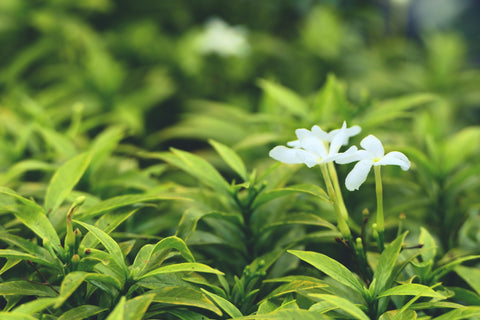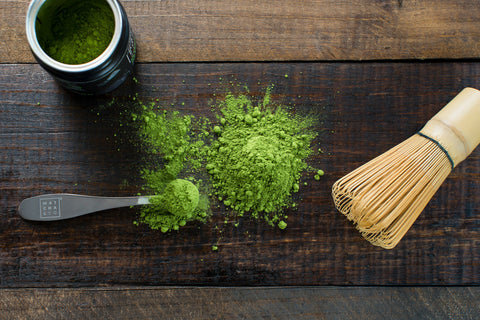The world of tea is an enchanting mosaic of flavors, aromas and stories. Among the many varieties that captivate the taste buds of tea lovers around the world, oolong tea stands out for its unique character and complex taste palette. In this article, we will explore the fascinating origins of oolong tea, its artisanal manufacturing process, the different types available, and finally, its multiple health benefits.
The Origins of Oolong Tea
The origins of oolong tea date back to ancient China, where Buddhist monks discovered this unique making process centuries ago. The name "oolong" itself, meaning "black dragon" in Chinese, evokes the legend that this tea takes its name from a variety of dragon. The Fujian and Guangdong provinces of China are renowned for their production of oolong tea, although other regions such as Taiwan, Vietnam and even India also produce this delicious drink.
The Artisanal Manufacturing Process of Oolong
The process of making oolong tea is a painstaking art that combines the techniques of making green and black tea. It all starts with the delicate picking of the tea leaves, generally done by hand to preserve the integrity of the leaves. Then, the leaves are partially oxidized, which gives them their characteristic color oscillating between green and brown. This controlled oxidation is often accomplished by shaking the leaves in baskets or exposing them to open air for a specific amount of time, depending on the desired result.
Once oxidation is complete, the leaves are heated to stop the oxidation process, then rolled and shaped by hand or mechanically to release the unique aromas and flavors of oolong tea. Finally, the leaves are dried to preserve their freshness and flavor before they are ready to enjoy.
The Different Types of Oolong Tea
Oolong tea offers a wide range of flavors, aromas and taste profiles, from light and floral varieties to full-bodied and complex versions. Among the most popular types are:
Tieguanyin:
A premium oolong from the Fujian province of China, renowned for its floral notes and sweet aftertaste.
Da Hong Pao:
A famous Chinese oolong, grown in the Wuyi mountain region, characterized by its rich, toasty flavors with mineral undertones.
Dong Ding:
Originally from Taiwan, this oolong tea offers a subtle balance between floral aromas and notes of ripe fruit, with a slightly creamy finish.
Formosa Oolong:
Another gem from Taiwan, this tea features fruity notes and a captivating fragrance, perfect for those seeking an exotic oolong tea experience.
Health Benefits of Oolong Tea
In addition to its alluring taste profile, oolong tea offers an impressive range of health benefits. Thanks to its antioxidant content, particularly polyphenols and catechins, oolong tea can contribute to the reduction of oxidative stress and the prevention of cardiovascular diseases. Additionally, studies suggest that regular consumption of oolong tea may promote weight loss by speeding up metabolism and helping burn fat.
In conclusion, oolong tea embodies the very essence of craftsmanship and tradition, providing tea lovers with an incomparable sensory experience as well as praiseworthy health benefits. Whether you're a seasoned tea connoisseur or a curious novice, exploring the varied nuances of oolong tea is an unforgettable adventure worth savoring with every sip.



